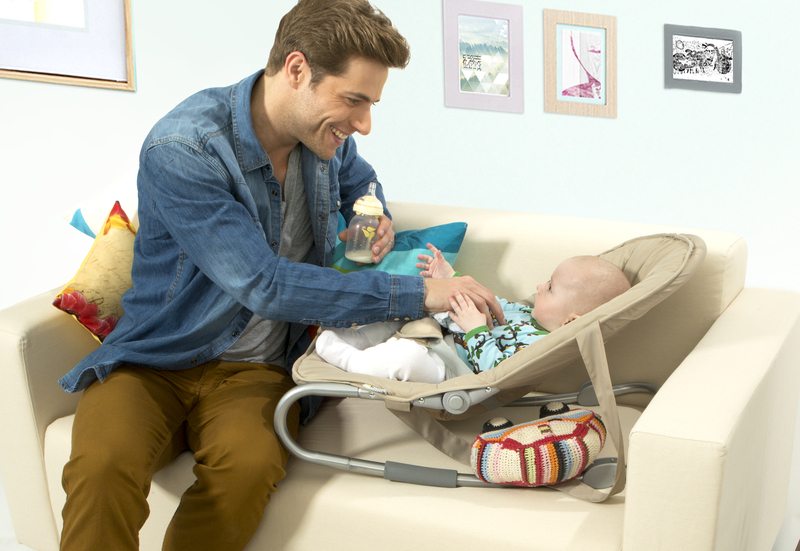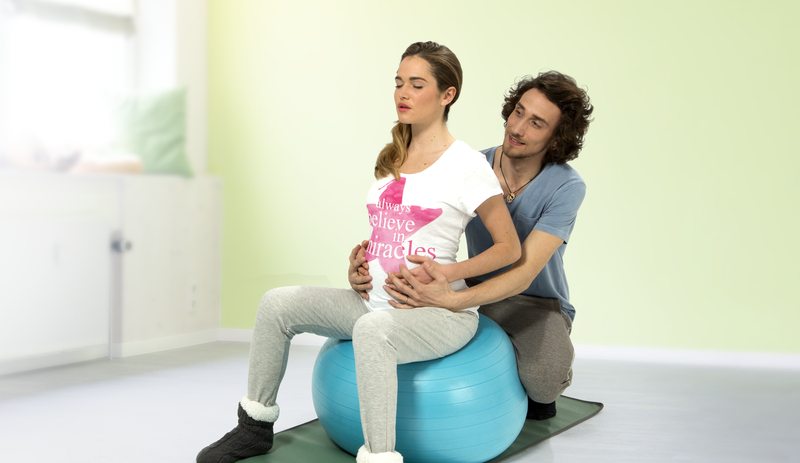
Many new parents arrive back home with their newborn baby and ask themselves, “What do we do now?”. These first days and weeks at home will be filled with exciting new experiences that may also be a bit overwhelming.
Managing your time back home
First things first: attend to any immediate needs you or your baby might have, and then take some time to relax and breathe. You need time to get used to your role as a mother and learn what motherhood means! Ask your partner, family and close friends for help with household tasks such as cooking, cleaning, running errands and caring for your other children.
Managing your time back home with your baby can be a challenge. Staying connected via mobile phone, e-mail or social media can be a convenient way to share birth information and pictures. You should also let people know when you are ready for visitors and phone calls – and when you are not. It is perfectly OK to unplug, take a nap and savour your little one’s first days in the world.
Babies tend to be a bit sleepy in the first two to three days after birth, but you can expect your baby to become more alert, active and vocal after these first days. This means your baby will start telling you when they are hungry and this may not follow any schedule you expected.
Breastfeed when your baby is showing hunger cues such as mouthing movements, rooting or sucking. Look out for signs that your baby is getting enough milk, such as six or more wet nappies, three or more dirty nappies and 8 to 12 or more feeds every 24 hours. Also make sure you have an appointment with your baby’s healthcare provider for a weight check within a couple of days after your baby is discharged from hospital. Your baby should gain about 20g a day, or 140g or more per week.
During the early days at home you will be taking all of the information and advice you have read or heard and slowly developing a parenting style that works for you and your family. Each day will be different. Enjoy your baby and celebrate your growth as a mother.
How Dad can help
In these first days your partner’s role is different to yours – it is also very special and unique. The best thing your partner can do is to help create a cocoon of sorts in your home: a comfortable, quiet place where you and your baby can practise breastfeeding without interruption. He may need to deal with any phone calls or people ringing on the doorbell so that you can relax and focus on getting to know your baby.
Although you will be very deeply involved in your baby’s care and feeding in the early days, there are lots of ways for your partner to bond with the baby too: calming the baby by holding them skin to skin against his chest, having fun at bath time or even just sitting with you to enjoy those special moments that breastfeeding creates. Your partner can also support you by changing nappies, spending time with your other children and helping with the housework. Eventually, he can feed your expressed breast milk to the baby after breastfeeding is well established (usually after three to four weeks).
Every baby is different and it will take time to get used to your life together. If you have any questions or concerns, contact your healthcare professional or lactation consultant.












